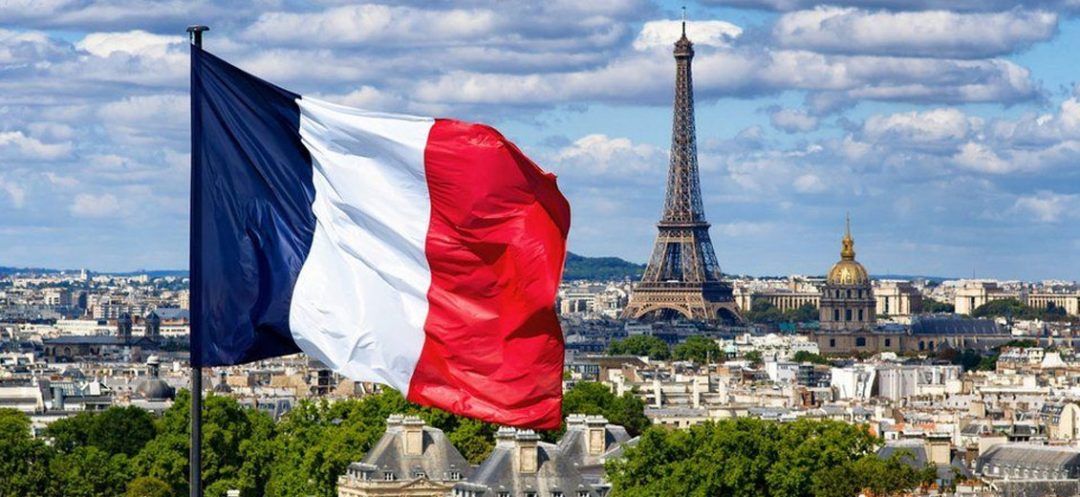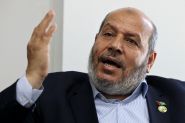- Home
- Middle East
- Immigration in France: Amidst Divisions and Media Hype

A ruthless victory. That's how one might label the success of the National Rally (RN) list, led by Jordan Bardella (31.3%) in the European elections in France on Sunday, June 9. This marked a significant lead over the presidential majority by nearly 17 points (14.6%).
The campaign that led to this score notably revolved around a pivotal debate: immigration. A subject poorly defined in the French public discourse, yet profoundly divisive. To truly grasp its significance, it is essential to delve first into not only the issue itself, but also the policies intertwined with it, as well as the media space dedicated to this matter.
Immigration evolution in France
According to a report released by the Court of Auditors in January 2024, France had 7 million immigrants in 2021, constituting 10.3% of its population. While the trend is upward compared to previous years, it remains relatively moderate. Twenty years earlier, the figure stood at around 7%. More broadly, the French example reflects a phenomenon observed in many other European countries.
The landscape of residence permits is evolving. In 2023, the French Ministry of Interior issued 323,260 first-time residence permits, marking a slight increase compared to previous years. Students represented the primary beneficiaries, with 103,520 allocations for the same year.
Meanwhile, asylum applications have seen a resurgence, totaling just over 167,432 recorded in 2023. The primary applicants hailed from Afghanistan, Bangladesh and various African countries. Despite these figures, France still trails behind its European counterparts in terms of accommodating asylum seekers, much like Sweden.
Finally, concerning irregular immigration, obtaining accurate figures is much more challenging. The estimate provided by the Court of Auditors relies on a 2019 American study, which assessed the number of irregular immigrants to be between 300,000 and 400,000. This figure is blatantly lower than in other European countries, such as Germany and the United Kingdom. Furthermore, migration flows are generally more controlled in France, unlike the situation in Lebanon, as indicated in 2022 by the Convergences Migrations institute, affiliated with the French National Center for Scientific Research (CNRS).
French migration policies
In the 1960s and 1970s, France initially opened its doors to foreign workers to meet manpower shortages. However, the 1970 economic crisis changed the facts: Shortly after his election in May 1974, Valérie Giscard d'Estaing suspended the entry of immigrant workers, marking the start of a period of restrictions.
In the following decades, security and identity concerns came to the forefront. The 1986 Pasqua Law, implemented during François Mitterrand's presidency, tightened border controls. In parallel, discussions on enacting more structured immigrant integration measures took place, yet failed to yield tangible outcomes.
From the 2000s onwards, European integration has deeply influenced French migration policy. Joining the Schengen Area required a unified approach to managing external borders and asylum policies. Consequently, governments led by Jacques Chirac and Nicolas Sarkozy strengthened measures against illegal immigration. The 2003 Sarkozy Law, which introduced immigration quotas by profession, illustrates this hardening stance.
The 2015 refugee crisis marked a new phase. France had to face a massive influx of asylum seekers, primarily from Syria, Afghanistan and Iraq. Under François Hollande's administration, the country fortified its asylum procedures while also welcoming these refugees. Emmanuel Macron upheld this policy by enacting the 2018 Asylum and Immigration Law, which aimed to expedite asylum processing and streamline the deportation of rejected migrants.
Finally, the May 2024 adoption of the Migration and Asylum Pact by the European Parliament came to seal the hardening stance of previous mandates. This pact was put forward to remedy the numerous shortcomings of the European asylum policy. Several provisions are planned, particularly reinforcing border controls, implementing measures to discourage potential migrants from leaving their countries of origin, and reorganizing asylum management, especially during times of crisis.
The media outlets, opinion catalysts?
In January 2024, a study published by the Jean Jaurès Foundation, one of the prominent French political think tanks, revealed that immigration was not a priority theme for the French. According to this study, immigration consistently ranked between 7th and 14th place among the French population concerns from 2013 to 2022.
The situation seems to have shifted throughout recent months. According to several surveys conducted in May by the Institute of Public Opinion Polling Sector (Ipsos) and the French Institute of Public Opinion (Ifop), this issue has surged to second place among the concerns of the interviewed persons.
How did such a resurgence come about? Far from constituting a revelation among voters, the answer lies in media overexposure. The heightened media focus on immigration matters across leading French channels during the 2022 presidential election, as outlined in a study published by the CNRS, deepened polarization on this issue. In other words, this pushed voters towards extremes – shifting them from the left towards the far left, and from the center and right towards the far right.
This overexposure is largely attributed to certain political figures. Tagaday, the main media monitoring platform in France, released a study in early June on speaking time during the European elections. The results were unequivocal: Jordan Bardella benefited from much more media coverage than his competitors. It is important to note that he specifically advocates for a tough stance against immigration.
By choosing to highlight this issue at the expense of other subjects, Bardella and other actors have contributed to accentuate this polarization. As a result, concerns typically considered more pressing by the French people, such as purchasing power or climate change, have been pushed to the background.
Read more





Comments